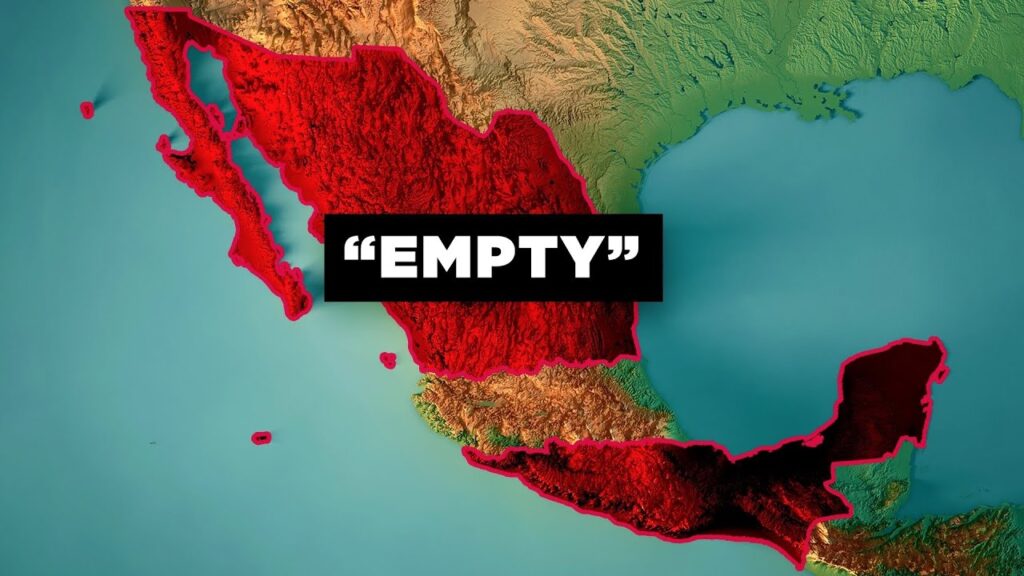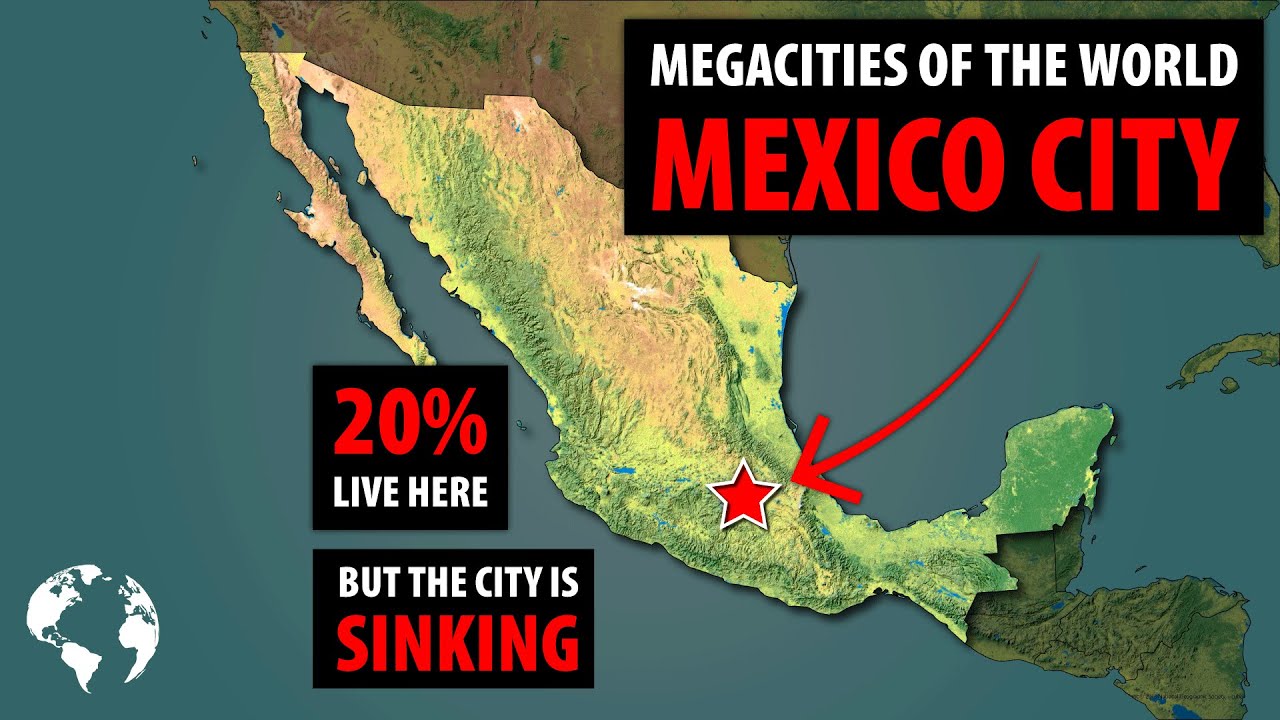Understanding Mexico City’s Infrastructure Challenges
Mexico City, a sprawling metropolis, boasts a rich tapestry of history and culture, underscored by its modern advancements and vibrant street life. However, the city faces significant infrastructure challenges that impact both locals and visitors alike. The unique geographical setting, nestled in a valley and originally built on a lake, presents peculiar hurdles ranging from transportation logistics to water management and urban development.
Firstly, the city’s transportation infrastructure struggles to accommodate the daily influx of millions of commuters. The overburdened public transportation systems, including the Metro, buses, and minibuses, often operate at their limits, leading to overcrowding and delays. Moreover, the city’s roadways are plagued by congestion and disrepair, complicating travel and contributing to the city’s infamous air pollution. Efforts to expand public transportation and improve road conditions are ongoing but face hurdles such as funding and urban planning constraints.
Water management in Mexico City is another significant challenge. The city requires the importation of water due to its location, and the over-extraction of groundwater has led to subsidence, affecting the stability of buildings and infrastructure. Flooding during the rainy season further exacerbates these issues, as the city’s drainage system struggles to cope with heavy downpours. Urban development projects aimed at addressing these water-related challenges are critical, yet they must navigate the complexities of Mexico City’s dense urban landscape and the preservation of its historical areas.
Examples of Infrastructure Issues Impacting Mexico City
Mexico City, a vibrant hub of culture, history, and adventure, faces several infrastructure challenges that impact both residents and travelers seeking to explore its wonders. The sprawling metropolis, one of the largest in the world, grapples with a range of issues stemming from its rapid growth and the limitations of its existing infrastructure.
Transportation Congestion: One of the most visible challenges is the perennial congestion on Mexico City’s roads. The city’s streets are often clogged with vehicles, leading to long travel times and unpredictable delays. This congestion is not only a hassle for daily commuters but also affects tourists trying to navigate the city. The heavy reliance on cars is compounded by limitations in public transportation options and infrastructure, making it difficult to move around the vast city efficiently.
Water Supply and Drainage Problems: Another critical issue is the city’s water management system. Mexico City faces significant challenges in both water supply and drainage, leading to frequent water shortages and, paradoxically, flooding during the rainy season. The city’s sinking foundation, a consequence of extracting groundwater, exacerbates these problems, damaging infrastructure and complicating efforts to improve water and sewer systems. For visitors, this can mean unexpected disruptions and limitations in certain areas of the city.
Air Pollution: The air quality in Mexico City is another concern directly related to its infrastructure challenges. The dense population and high number of vehicles contribute to significant air pollution, which can affect outdoor activities and general health for both residents and tourists. Efforts to improve public transportation and reduce vehicle emissions are ongoing, but the city still faces days when outdoor activities are not recommended due to poor air quality.
The infrastructure issues facing Mexico City are complex and multifaceted, directly impacting its livability and attractiveness as a travel destination. While these challenges are significant, they also represent opportunities for improvement and innovation that could enhance the city’s appeal to adventurers and culture enthusiasts alike.
How Transportation Difficulties Reflect on Mexico City’s Infrastructure
Mexico City stands as a vibrant metropolis, bustling with culture, history, and economic activity. However, beneath its colorful exterior lies a web of transportation challenges that directly reflect the limitations and struggles within its urban infrastructure. The city’s traffic congestion is notorious, frequently ranking among the most severe globally. This congestion is not merely a matter of inconvenience but a tangible manifestation of the city’s struggle to keep pace with its rapid population growth and the demands placed on its transportation network. The reliance on a heavily burdened road system, coupled with insufficient public transportation options, underscores the pressing need for comprehensive infrastructure reform.
The public transportation system in Mexico City, while extensive, faces numerous challenges that hinder its efficiency and reliability. The metro, buses, and other public transit options are often overcrowded, especially during peak hours, reflecting the city’s high dependency on public transport due to the vast majority of the population not owning a personal vehicle. Moreover, the frequent service disruptions and operational issues further exacerbate the daily commute for millions. These issues not only spotlight the existing infrastructure’s inability to accommodate the city’s current needs but also its lack of preparedness for future growth. The urgent demand for upgrades and expansion in public transportation infrastructure is apparent, aiming to alleviate congestion, improve safety, and enhance the overall quality of urban life.
Adding to the complications, the city’s geographical constraints and environmental concerns present unique challenges to expanding its transportation infrastructure. Mexico City’s location in a valley surrounded by mountains limits the potential for outward expansion, while the necessity to address environmental issues, such as air pollution, imposes additional requirements on the development of transport solutions. These factors necessitate innovative approaches to urban planning and development, emphasizing sustainable and eco-friendly transportation options. The adaptation and modernization of Mexico City’s transportation infrastructure are crucial, not only to improve daily commutes but also as a reflection of the city’s commitment to sustainable development and addressing the challenges posed by global urbanization trends.
The Impact of Water Supply Problems in Mexico City
The sprawling urban landscape of Mexico City faces a pressing challenge that significantly affects both residents and visitors: water supply problems. This metropolitan area, one of the largest in the world, grapples with a complex scenario of water scarcity, distribution inefficiencies, and infrastructure inadequacies. As the city continues to grow, the demand for water has surged, outpacing the available resources. This imbalance has led to rationing in some areas, with consequences for daily life and travel plans. Visitors planning adventures in Mexico City need to be mindful of these issues, as they can impact accommodation choices, access to amenities, and the overall travel experience.
One of the critical aspects of water management in Mexico City is the aging infrastructure. Leaks and breaks in the city’s vast network of pipes result in the loss of a significant portion of water before it even reaches consumers. This situation is exacerbated by the city’s geographical setting, situated on a former lakebed, which complicates the maintenance and renovation of the water supply system. For travelers, this means that disruptions to water service can occur unexpectedly, necessitating flexibility and preparedness in their plans.
Moreover, the distribution of water across the city is uneven, with some neighborhoods experiencing more frequent and longer disruptions than others. The disparities in water access reflect broader issues of inequality and have spurred a reliance on water trucks in the most affected areas. For those visiting or planning outdoor adventures in these parts of the city, understanding the local water supply situation is essential. Awareness of water conservation measures and support for sustainable tourism practices can contribute to a more responsible and enjoyable travel experience.
Water supply problems in Mexico City also have broader environmental implications. The over-extraction of water from underground aquifers is leading to land subsidence, endangering the city’s infrastructure, including historical sites. For adventure-seekers and cultural enthusiasts alike, the preservation of Mexico City’s rich heritage is a significant concern. The situation calls for a collective effort towards sustainable water use and support for initiatives aimed at addressing the city’s water challenges. By being informed and conscientious travelers, visitors can play a part in the long-term well-being of this vibrant urban hub.
Addressing Urban Planning and Overpopulation in Mexico City
Mexico City, one of the largest cities in the world, grapples with complex challenges tied to urban planning and overpopulation. The city’s expansive growth, primarily unchecked until recent decades, highlights the pressing need for innovative urban planning solutions. Overpopulation has not only led to extensive urban sprawl but also to significant environmental and social challenges. Efficiently addressing these issues requires a holistic approach that combines sustainable development with innovative urban planning strategies.
One of the critical strategies in combating overpopulation involves the redesign and redevelopment of existing urban areas. By focusing on mixed-use developments, Mexico City can reduce the need for residents to travel long distances for work or leisure, thereby alleviating traffic congestion and reducing carbon emissions. Additionally, improving public transportation networks can encourage residents to opt for more sustainable modes of transport over personal vehicles, further contributing to the city’s environmental goals.
Green spaces play an essential role in enhancing urban quality of life, particularly in densely populated areas. In Mexico City, efforts are being directed towards increasing accessible green spaces, such as parks and community gardens. These spaces not only provide a respite from the city’s hustle and bustle but also contribute to biodiversity and help mitigate urban heat island effects. By prioritizing green infrastructure, the city aims to improve air quality and offer residents healthier living environments.
Addressing the challenges of overpopulation and urban planning in Mexico City also involves engaging with local communities. Community involvement ensures that urban development projects meet the real needs of residents, fostering a sense of ownership and responsibility towards the urban environment. Tailoring solutions to the specific needs of different neighborhoods allows for more effective and sustainable urban development, ultimately leading to a more livable and vibrant Mexico City.


